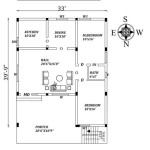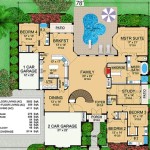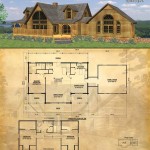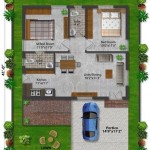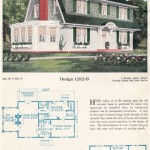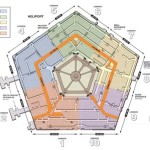Daylight Basements: Maximizing Space and Natural Light in Small Home Plans
In the realm of home design, small spaces often pose unique challenges. However, with thoughtful planning and innovative solutions, even the most compact homes can be transformed into comfortable and inviting living spaces. One such solution is the incorporation of daylight basements.
Daylight basements are designed to maximize natural light and ventilation in basement levels by incorporating large windows or sliding doors that lead to an exterior space. This architectural feature not only adds a sense of spaciousness to the basement but also improves the overall quality of life by providing access to fresh air and natural daylight.
Here are some essential aspects of small home plans with daylight basements:
1. Site Selection and Orientation
The success of a daylight basement heavily depends on the site selection and building orientation. Ideal locations are those with a gently sloping terrain that allows for the installation of windows and doors at or above grade level. Proper orientation is also crucial, with south-facing windows being preferred for maximum sunlight exposure.
2. Window Placement and Size
The size and placement of windows in a daylight basement are critical for bringing in natural light and ventilation. Large windows and sliding doors that extend from floor to ceiling are optimal for maximizing daylight. Windows should be strategically positioned to allow for cross-ventilation and to minimize glare.
3. Exterior Staircase and Landscaping
An exterior staircase is an essential element of daylight basements, providing direct access to the backyard or garden. The design of the staircase should complement the home's architectural style and enhance the overall aesthetic appeal. Landscaping around the exterior staircase can further enhance the transition between the basement and outdoor space.
4. Floor Plan Optimization
The floor plan should be thoughtfully designed to make the most of the natural light available. Rooms that require the most sunlight, such as living areas and bedrooms, should be placed adjacent to the windows. Open floor plans with minimal walls and obstructions promote light flow throughout the basement.
5. Lighting Strategy
In addition to natural lighting, artificial lighting plays a vital role in creating a comfortable and inviting space. A combination of ambient, task, and accent lighting is recommended to cater to different activities and moods. Recessed lighting, wall sconces, and under-cabinet lighting can be used to enhance the functionality and aesthetics of the basement.
6. Ventilation and Moisture Control
Proper ventilation is crucial in daylight basements to prevent condensation and moisture buildup. In addition to windows, mechanical ventilation systems such as fans and dehumidifiers may be necessary to ensure adequate airflow and maintain a healthy indoor environment.
By incorporating these essential aspects into small home plans, homeowners can create comfortable, functional, and inviting spaces in their daylight basements. These architectural features add natural light, ventilation, and a connection to the outdoors, transforming the basement into a valuable living area that enhances the overall quality of life.

Small Cottage Plan With Walkout Basement Floor

Small Cottage Plan With Walkout Basement Floor

Small Cottage Plan With Walkout Basement Floor

Walkout Basement House Plans To Maximize A Sloping Lot Houseplans Blog Com

Walkout Basement House Plans To Maximize A Sloping Lot Houseplans Blog Com

House Plans With Walk Out Basements Page 1 At Westhome Planners

House Plans With Basements Walkout Basement Daylight The Designers
:max_bytes(150000):strip_icc()/sl-1590-hemlock-springs-351918dd621a41f2904749340cb63832.jpg?strip=all)
House Plans With Basements Made For More Low Key Family Time

Sloped Lot House Plans Walkout Basement Drummond

Sloped Lot House Plans Walkout Basement Drummond

